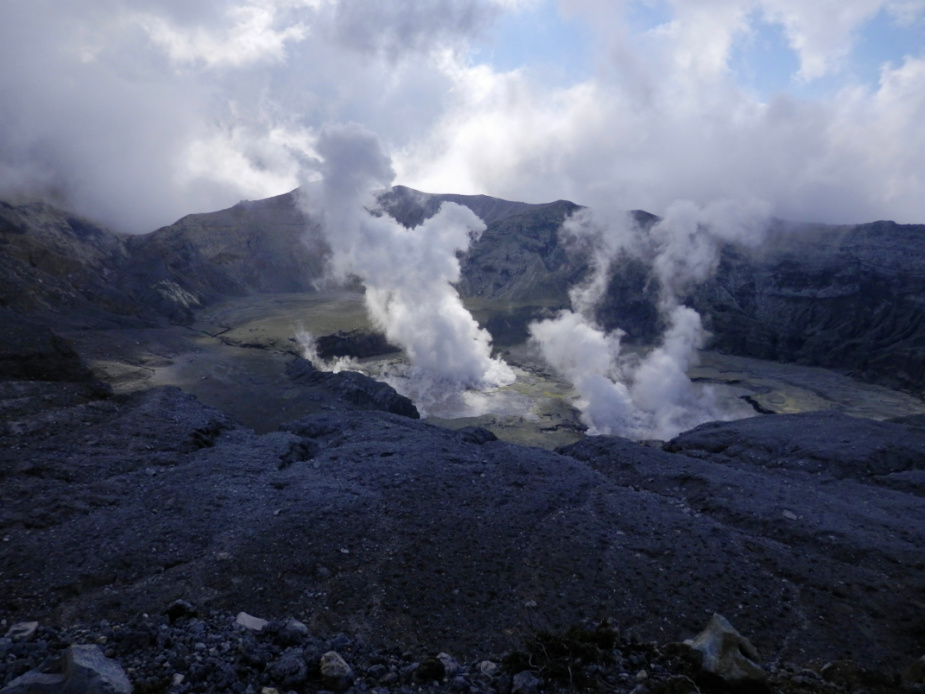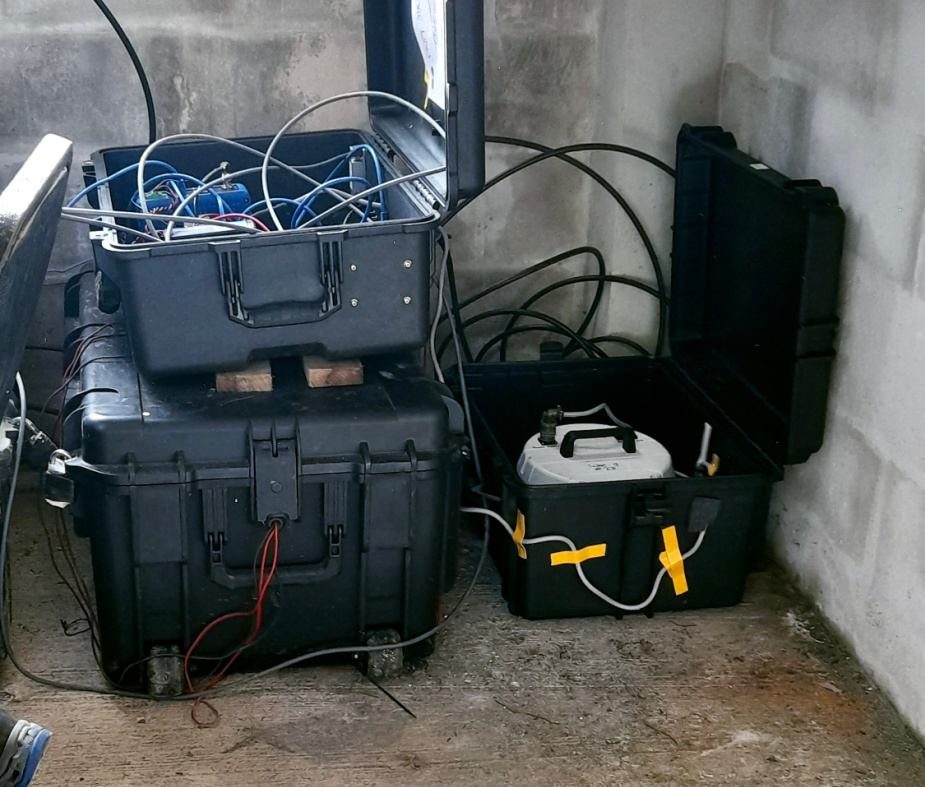Wee-g – detecting volcanic eruptions
Published: 31 August 2025
Wee-g, a lightweight gravimeter, developed by QEPNT researchers at the University of Glasgow, is being used at Poás volcano, Costa Rica, to collect invaluable data with the potential to be used in early warning systems and to aid volcanologists in understanding complex volcanic systems.
Volcanic eruptions pose significant risks locally and potentially globally, impacting communities, and creating significant challenges for local and regional authorities. Early detection of an eruption is vital in saving lives and defending infrastructure.
Wee-g, a lightweight gravimeter, developed by QEPNT researchers at the University of Glasgow, is being used at Poás volcano, Costa Rica, to collect invaluable data with the potential to be used in early warning systems and to aid volcanologists in understanding complex volcanic systems.

Gravimeters can measure changes in the local gravitational field at volcanoes which is used to model the flow of lava (shifting of mass) in the volcanic system. Wee-g uses the same MEMS technology (Micro-Electromechanical System) found in mobile phones to produce an ultra-sensitive gravimeter capable of measuring tiny changes in local gravity.
The Wee-g technology was initially installed in February 2024, as part of the AVERT project (Anticipating Volcanic Eruptions in Real-Time), in collaboration with OVSICORI (national volcano observatory of Costa Rica).
University of Glasgow researchers Dr Libby Passey and Dr Kristian Anastasiou returned to Poás volcano in March 2025 to upgrade the sensor.

Libby explains, “We were delighted to join the AVERT field trial with Wee-g to test our technology at a highly-active volcano. Since upgrading our sensor, we have had 100% data uptime and improved sensitivity which has enabled us to monitor Earth tides. We have even witnessed eruption events in the sensor data.”
“We have demonstrated that MEMs gravimeters, such as Wee-g, are a step closer to being an effective technology for measuring gravity signals on an active volcano. This is a really exciting sensing development for volcanologists to image volcanic systems in new ways.”
The Costa Rica field trials of Wee-g follow a successful trial in Mount Etna, Sicily in 2020 and 2022.
First published: 31 August 2025
<< News

